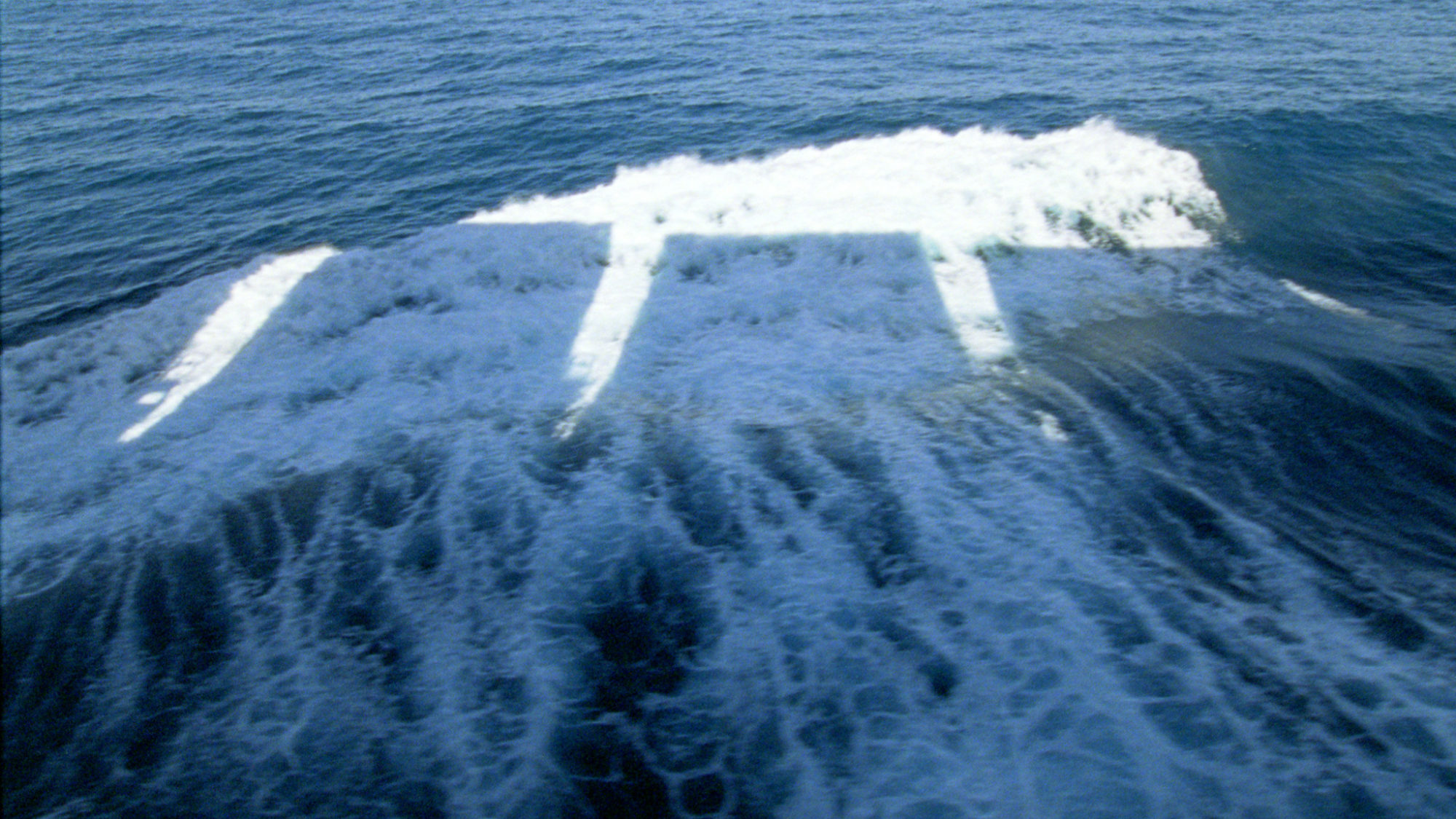Captives

Allan Sekula, The Forgotten Space (still), 2010
Share:
I went back to Charleston, SC, for a wedding recently, and of all the port cities I have visited, lived in, or loved, Charleston is the worst.
Well, in a way, it’s the best because it doesn’t even bother dressing up its “charming” slave quarters, “historic” auction blocks, and other heritage sites filled with ghosts—some godly ones not long dead—of black bodies. Campaigns to remove the Confederate flag from its home state’s capitol building went nowhere until the Charleston church shooting—part of an ever-growing casualty list of the race war in this country—and even then it was contentious. What would South Carolina be without its glorious history of enslavement, debasement, and trauma? Nothing. Another Southern shithole filled with drunk frat boys and SEC girls in sundresses. Charleston might be the ugliest place in this whole country, but at least that means it has some human character left. Nowadays, it’s easy to mistake a port for a prison.
The last bipartisan effort in America—the development around the Port of Savannah, the Jasper Ocean Terminal—lies just removed from the drunk drag queens on Hilton Head Island and the boys of College of Charleston. It occupies a nature preserve surrounded by fragile ecosystems, away from any kind of eyes—away from anyone who might care to find or see what happens within the built structures that increasingly resemble the supermax institutions dotting the southeastern waterways that feed them.
There are at least six prisons, correctional facilities, or other incarceration centers along waterways in Louisiana. These places face ports, wharves, levees—poisoned waters that bring filth from up the Mississippi, alongside our desire for domination over nature and man, and our foulness.
Before Katrina hit Louisiana, there were estimated to be 500 union longshoremen working 36 to 40 calls in and out of the Port of New Orleans. Immediately afterward, only about 200 longshoremen remained. Now giant ships, silent and threatening, pass menacingly beyond the sea walls, past the houses on Tchoupitoulas street. New Orleans, once hostess to rowdy bouts of sailors and merchants, nowadays is quiet and almost seamless. Giant mechanical cranes perform the labor of hundreds of men in minutes, hovering perilously above the water. Before, Arab immigrants used to jump off ships arriving at the Orange Street and St. Andrew Street wharfs and swim to shore; no one does anymore. Before, prostitutes had an entire part of the French Quarter to themselves. Now, Bourbon is in the middle of rebranding efforts to complete the Times Square-ification of its reputation as a den of sin—its institutionalized cleanup, its delousing.
Ports outside the US have made the transition to this less human system in different ways. I walked through the open foyer of the main branch of HSBC in Hong Kong, along what used to be the shoreline of Victoria Harbor. Now, the cement floor serves as bedding for Stephen and Stitt: the giant lion protectors of their global capital home. The harbor still takes in ships, and tourists stare at them from ferries under all the neon dazzle, its glorious lights blinding you to the dead fish and natural refuse along the bay. People who knew the fleshy, filthy Wan Chai might not find it so sparkling—just like people who complain that the Quarter’s street stalkers have moved on to other streets or private clubs.
This feature originally appeared in ART PAPERS, “Ports of Call,” Summer 2018.
Jasmine Amussen is a writer living in Atlanta. She enjoys Nabokov, Lil’ Kim, and French 75s. @snakemoons.